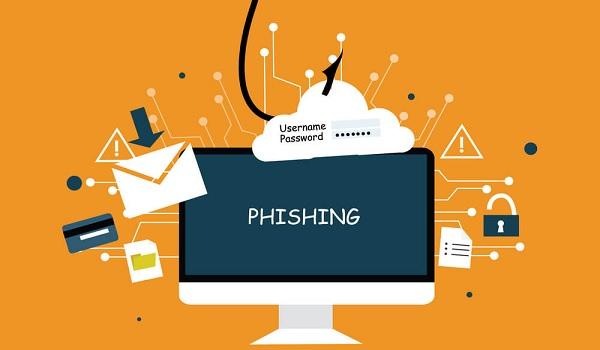
In today’s interconnected world, the internet serves as a vital platform for businesses, organizations, and individuals alike. However, with its widespread usage, the risk of cyber threats, particularly phishing scams and attacks, has grown substantially.
Phishing attacks pose a significant threat to websites, as they aim to deceive users into revealing sensitive information. This essay explores the nature of phishing scams, their potential impact, and offers valuable strategies to protect websites from such attacks.
Understanding Phishing Scams:
Phishing scams are fraudulent attempts to acquire sensitive data, such as passwords, credit card details, and personal information, by masquerading as trustworthy entities. Attackers employ various deceptive techniques, such as email spoofing, creating fake websites, and using social engineering tactics to manipulate victims.
Once successful, phishers can gain unauthorized access to confidential data, leading to financial loss, identity theft, and reputational damage for both individuals and organizations.
The Impact of Phishing Attacks on Websites:
Phishing attacks can wreak havoc on websites, compromising their integrity and undermining user trust. The consequences can be severe, including:
- Data Breaches: Phishing attacks often target login credentials and other sensitive information, enabling unauthorized access to websites, databases, and customer accounts. This can result in data breaches and the exposure of confidential user data.
- Financial Loss: Phishing attacks can lead to financial losses through unauthorized transactions, fraudulent activities, or ransom demands. Furthermore, businesses may incur legal expenses and fines as a result of compromised customer data.
- Reputational Damage: Falling victim to a phishing attack can seriously damage the reputation of a website or organization. Once customer trust is compromised, it becomes challenging to regain credibility and loyalty.
Protecting Your Websites from Phishing Attacks:
Fortunately, there are effective strategies that website owners and administrators can implement to safeguard their platforms against phishing attacks. Here are some essential measures to consider:
Educate and Train Employees: Regular training and awareness programs are crucial for employees to understand the nature of phishing attacks and recognize suspicious emails, links, and attachments. Encourage the practice of verifying the authenticity of requests for sensitive information before responding.
Implement Strong Security Measures: Employ a multi-layered security approach, including firewalls, antivirus software, and intrusion detection systems. Regularly update all software and plugins to patch vulnerabilities that attackers may exploit.
Adopt Secure Authentication Practices: Enforce strong password policies, including the use of complex passwords and two-factor authentication (2FA) for all user accounts. Additionally, consider implementing biometric authentication methods for added security.
Implement Email Security Measures: Utilize email filtering systems to detect and block suspicious emails, including phishing attempts. These systems can analyze email content, sender reputation, and embedded links to identify potential threats.
Enable SSL/TLS Encryption: Secure Sockets Layer (SSL) and Transport Layer Security (TLS) protocols encrypt data transmitted between users and your website, preventing interception and tampering by attackers. Obtain and install SSL/TLS certificates to ensure secure connections.
Regularly Backup Data: Maintain up-to-date backups of your website’s data and configurations. In the event of a successful attack or data breach, backups can help restore your website to a secure state quickly.
Monitor and Respond Promptly: Implement a system for monitoring website activity, including user behavior and traffic patterns. Set up alerts to detect anomalies that may indicate a potential phishing attack. In the event of an attack, respond swiftly by blocking compromised accounts, removing malicious code, and notifying affected users.
Conclusion:
Phishing attacks pose a severe threat to the security and integrity of websites, potentially leading to financial loss, data breaches, and reputational damage. By understanding the nature of phishing
attacks and implementing proactive security measures, website owners can significantly reduce the risk and protect their online platforms. Educating employees, implementing strong security measures, adopting secure authentication practices, and enabling email security measures are vital steps in safeguarding against phishing scams. Additionally, utilizing SSL/TLS encryption, regularly backing up data, and monitoring website activity can help detect and respond promptly to potential attacks. By prioritizing website security and staying vigilant against phishing threats, businesses and individuals can maintain a safe online environment for themselves and their users.



